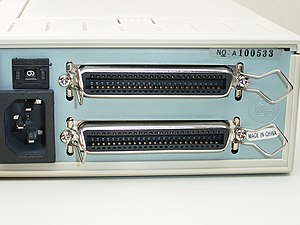To send a Remote Assistance Invitation
There are three methods to sending an invitation. You can send an invitation via Microsoft Windows Messenger, via email using Microsoft Outlook Express, or via saving an invitation as a file on a shared folder on the network, thus allowing you to use other email programs. Select the method you want to use.
Enter your name and define how long the invitation stays open, then click Continue.
For security, it is highly recommended for you to define a password, which must be used by the expert recipient to connect to your novice system.
It is your job to advise the expert of the password, either by email or phone.
When selecting 'Save Invitation', you will be asked to define the location to save the file. (For example, to My Documents).
Remote Assistance gives you a few last instructions. The instructions notify the novice the Invitation has been saved successfully and where it has been saved. It tells the novice to send the Invitation to the assistant by email or place it in a shared folder. It also instructs the novice to tell the assistant to open the Invitation in order to start the Remote Assistance session. It further instructs the novice, that if the Invitation is accepted, the novice will be notified that the recipient is ready to connect to their computer.
Click Send Invitation.
If you have a problem sending the Invitation
Verify that Remote Assistance is enabled. In Control Panel, select the System icon or right click My Computer and select Properties.
Select the Remote Tab.
By default, Remote Assistance is activated. Check the Advanced settings. (Note: the other option on this tab, Remote Desktop, is NOT available for Windows XP Home Edition.)
Define whether you allow the expert only to view your activities or whether the expert can also take control, i.e., use his mouse and keyboard to operate the system.
Define the maximum amount of time the Invitation can remain open.
Important note: While waiting for the expert to connect, make sure your TCP/IP address does NOT change! Do NOT terminate your connection, or when you reconnect you might get another IP address and your invitation is invalid.
To respond to a Remote Assistance Invitation sent from a novice
Once the expert has received the Invitation on the remote Windows XP system, double-click on the Invitation file, which opens the Remote Assistance window. If a password was defined, enter it now. Continue with YES.
Your system is then connecting to the novice system. Once an expert connects to a novice system, a confirmation message is displayed. The novice must click on YES to allow the expert to continue and to view the novice system. The expert will then see the novice windows of Remote Assistance.
After the Remote Assistance connection is established, the novice will see a User Console and the expert will see a Helper Console.
The User Console allows you to chat via keyboard... type under 'Message Entry' or via 'Start Talking', if both the novice and the expert are equipped with a sound-card with speakers and a microphone.
If allowed in the settings of the invitation, the expert can take control of the system of the novice by selecting the Toolbar 'Take Control' on the Helper Console.
When the expert clicks 'Take Control', a message will pop-up on the screen of the novice informing about the request.
If you agree to this request, accept it by clicking 'Yes'.
Once the 'novice' accepts the request, a message will pop-up on the 'expert' system to advise about having control and to press Esc or any key sequence or combination including the Esc-key to return control to the 'novice'.
The section 'Chat History' of the User Console will show that control has been taken by the 'expert'.
The 'expert' now uses the mouse and/or keyboard of the expert system to operate the novice system to identify the problem, checking for example, the Control Panel, Device Manager, Event Log.
To terminate a 'Remote Assistance' connection, both the expert and the novice can select in their Console section to 'Disconnect'.
The expert will be informed about the disconnection from the system of the novice.












